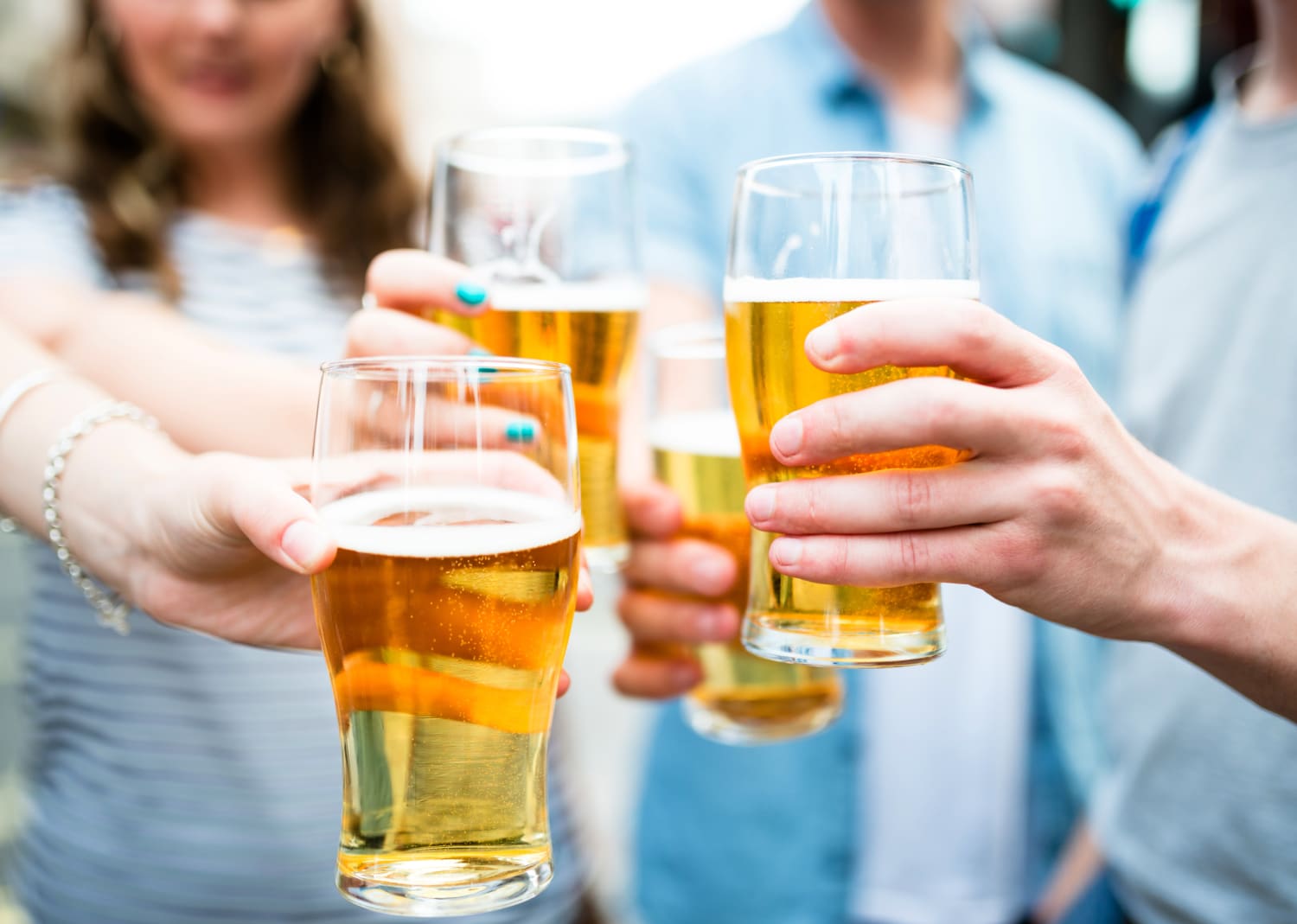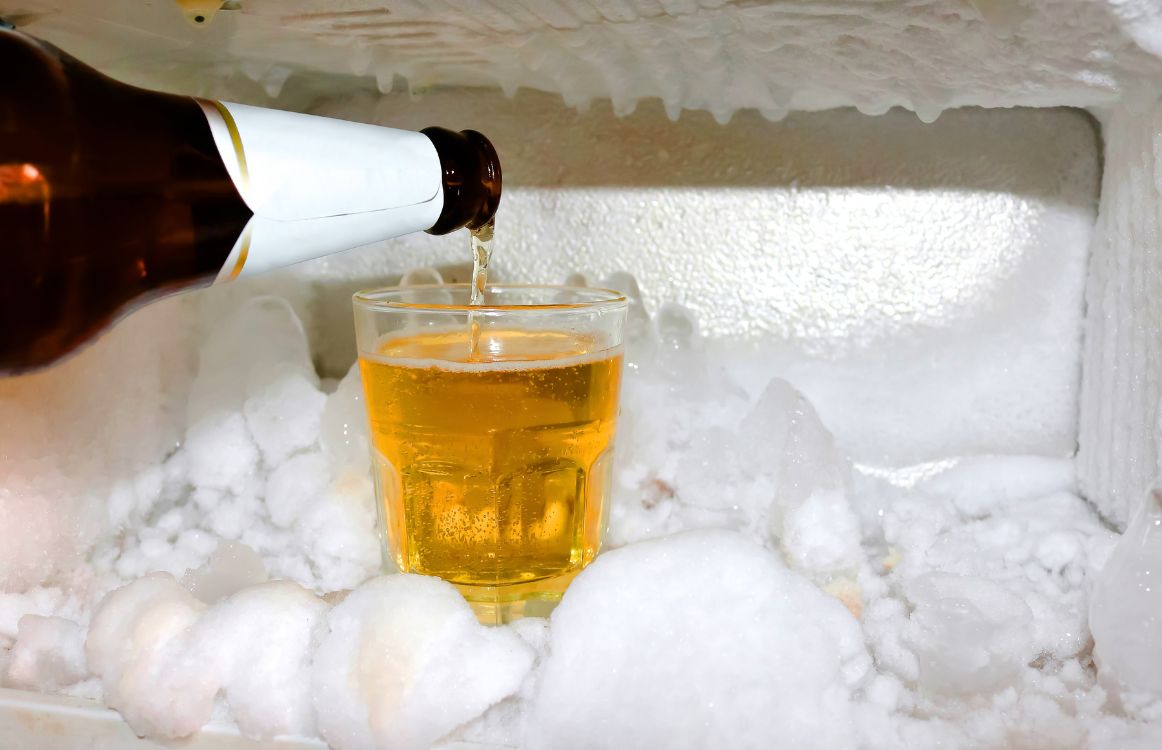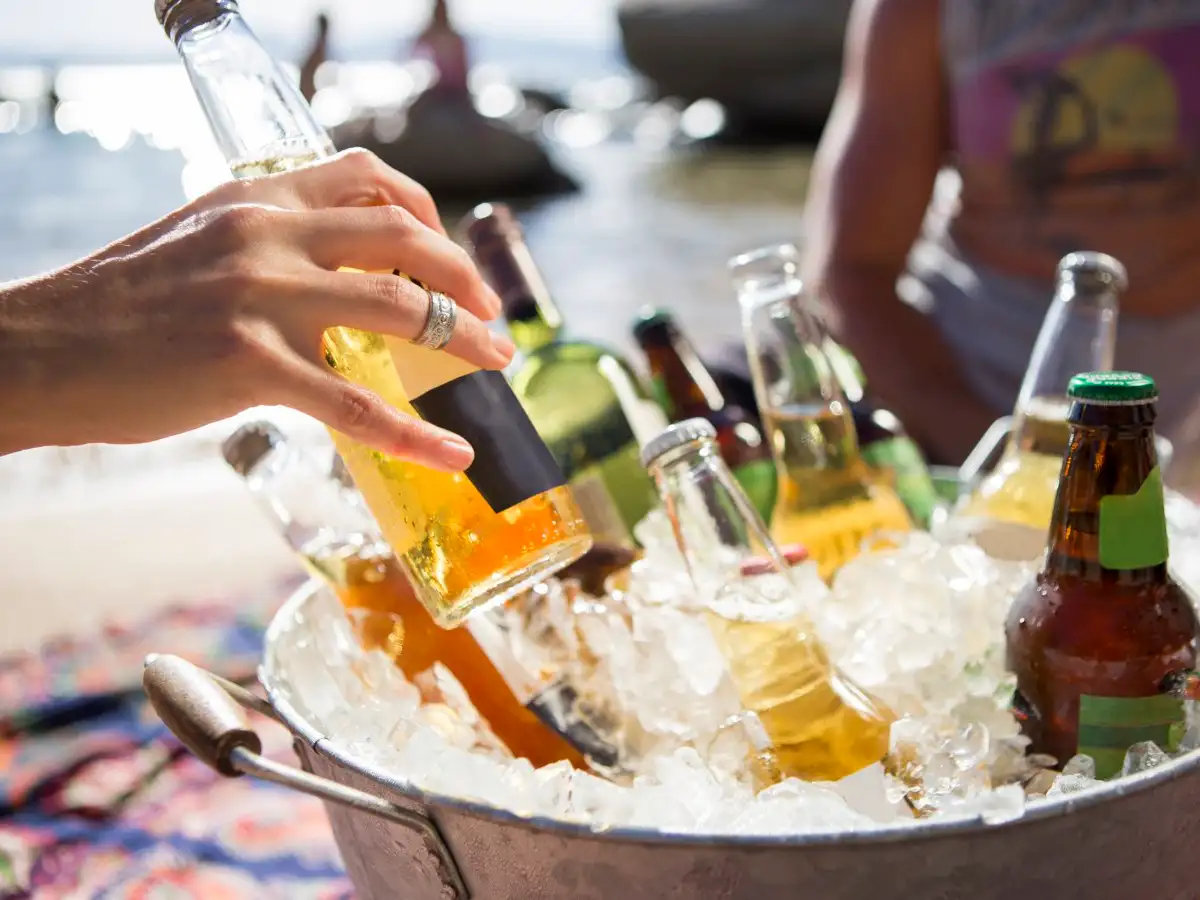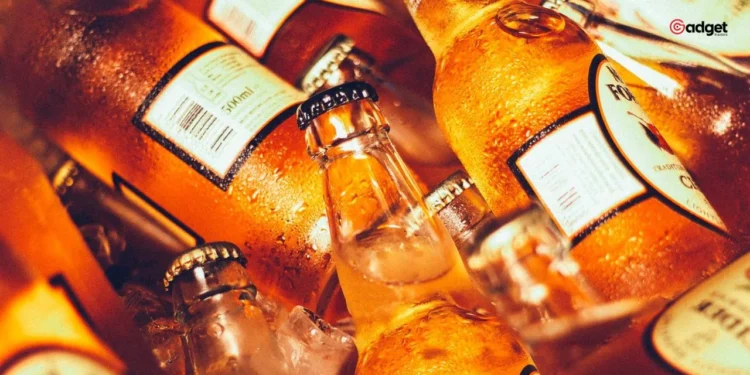Ever wondered why your favourite brew tastes remarkably better when chilled? Recent research led by scientists in China may have cracked the code, shedding light on a question that has intrigued beer enthusiasts and casual drinkers alike.
The Molecular Dance of Ethanol and Water
The study delves into the molecular properties of alcohol, particularly how ethanol interacts with water within your drink. It turns out, the temperature at which you serve beer plays a pivotal role in this interaction.
Researchers focused on ethanol-water mixtures at various concentrations and observed how molecular clusters undergo structural transitions at specific ethanol percentages. These transformations correspond to the alcohol volumes found in different types of beverages.
“Our work proves that the alcohol content distribution and proper drinking temperature for different alcoholic beverages are not based on mere experience,” explained the research team. “Rather, they are grounded in the scientific explanations of molecular ethanol-water clusters in solutions.”

Implications for the Alcohol Industry
This discovery isn’t just a trivial fact for trivia nights; it has significant implications for the alcohol production industry and the setting of scientific standards. “The ABV distribution, considered the critical point for different tastes, is crucial for the alcoholic beverages industry,” the scientists noted.
By analyzing ethanol-water mixtures ranging from 0 to 100 percent ethanol, the researchers pinpointed critical points that align with various drinks: 5 to 7 percent for beer, 14 to 17 percent for wine, and 35 to 43 percent for spirits like whisky and vodka.

The Crucial Role of Temperature in Taste
The study also explored how these critical points are affected by temperature changes, observing mixtures at temperatures from 5 to 40 degrees Celsius. It was found that certain critical points could vanish at specific temperature ranges, influencing the taste and differentiation of beers with different ABVs.
“At lower temperatures, tasters could better differentiate beers of different ABVs,” the team reported, highlighting how temperature is integral in maintaining the distinctive ethanol-like taste with the lowest possible ethanol concentration within a given range.

Bridging Ancient Brews and Modern Science Research
With the origins of alcohol production dating back to 13,000 years ago, today’s diverse range of alcoholic beverages reflects a complex evolution influenced by culture, taste, and now, scientific insight. The classification of alcohol, typically measured by alcohol by volume (ABV), has traditionally been empirical with little scientific basis until now.“This research not only enhances our understanding but also guides the standardization of production processes, ensuring that each sip provides the optimal taste experience as determined by science,” concluded the research team.
This groundbreaking study not only enriches our enjoyment of a cold beer but also illustrates the profound impact of temperature on our taste perception, proving once again that sometimes, the best flavours come chilled.










